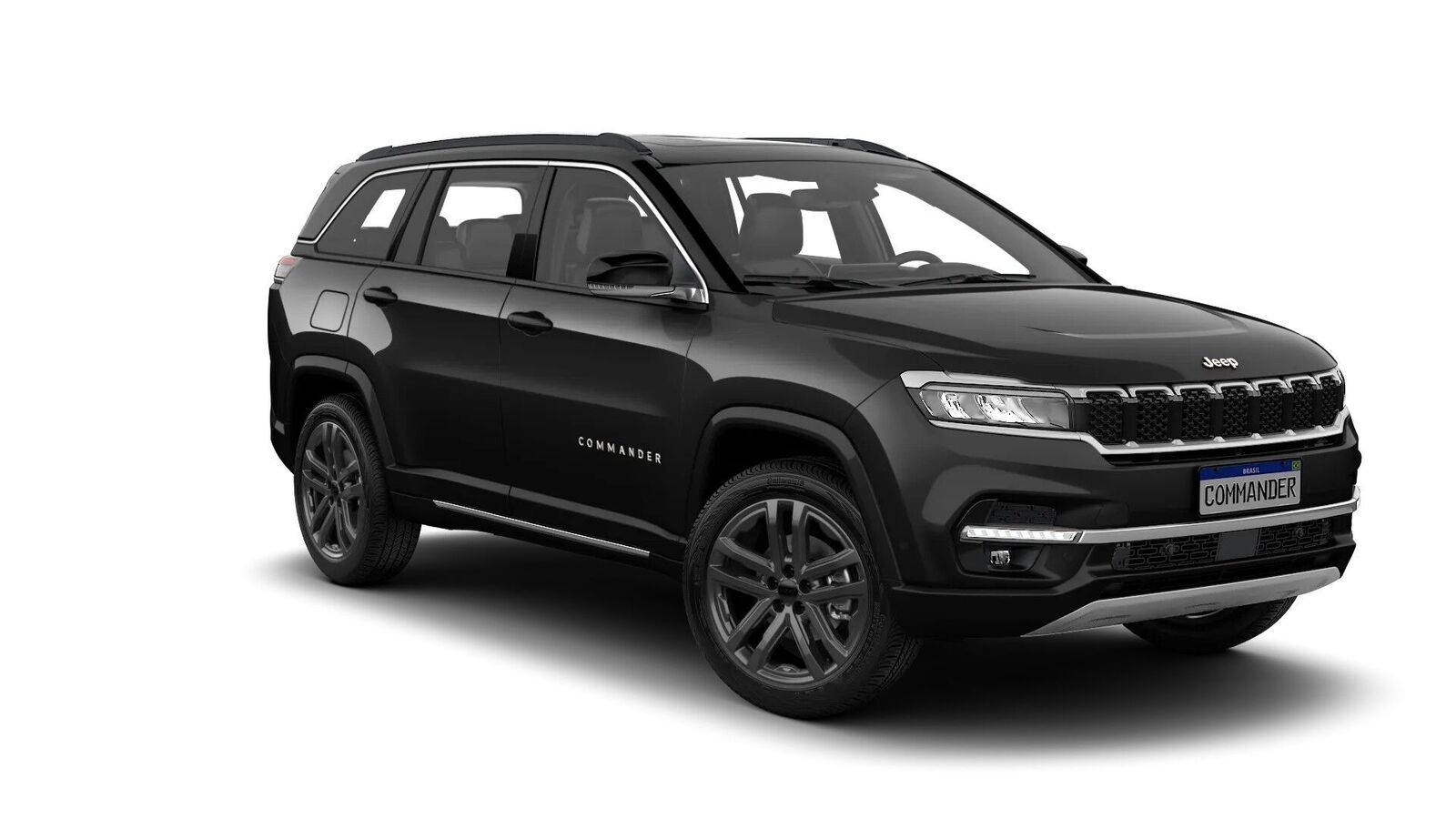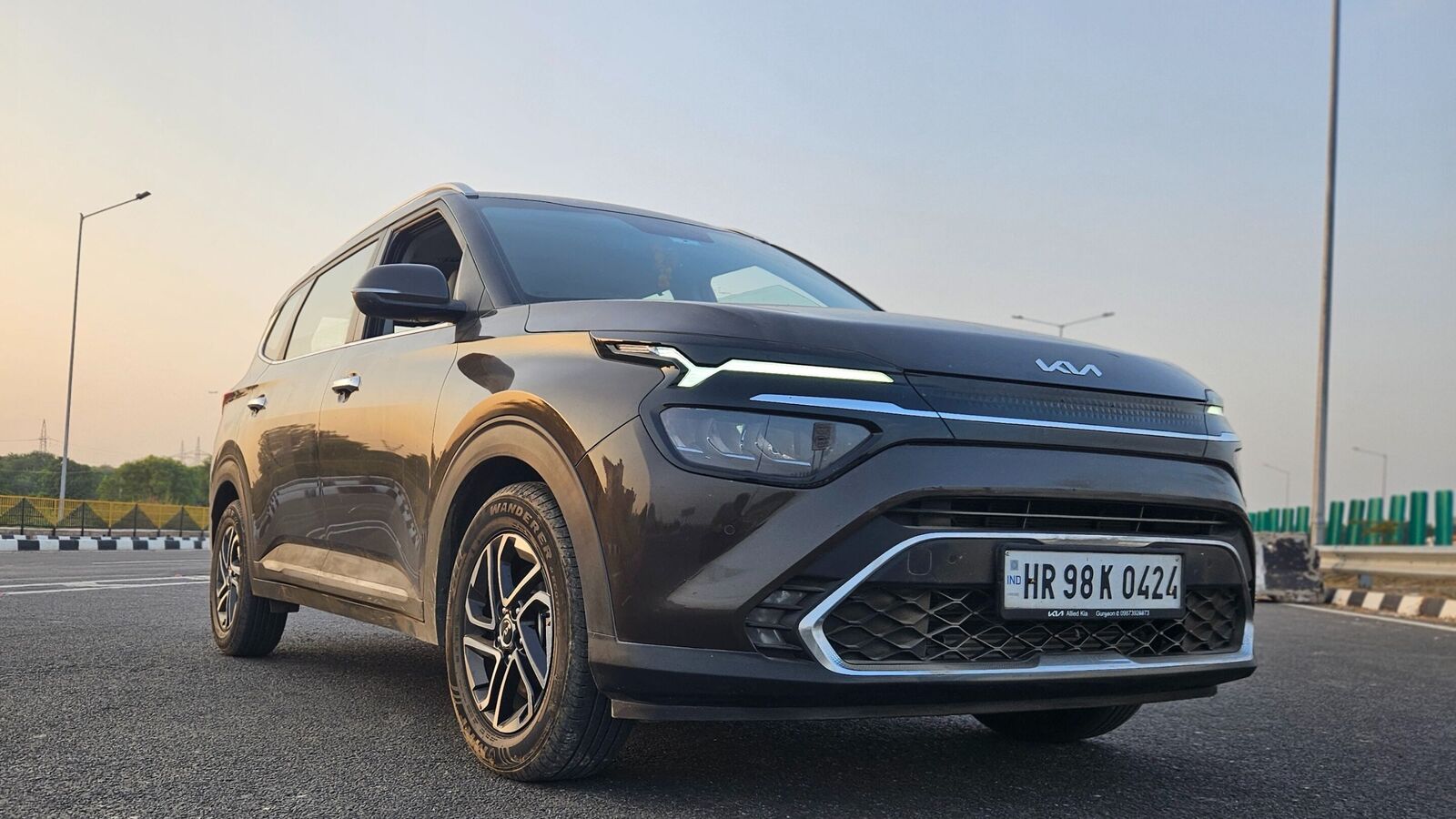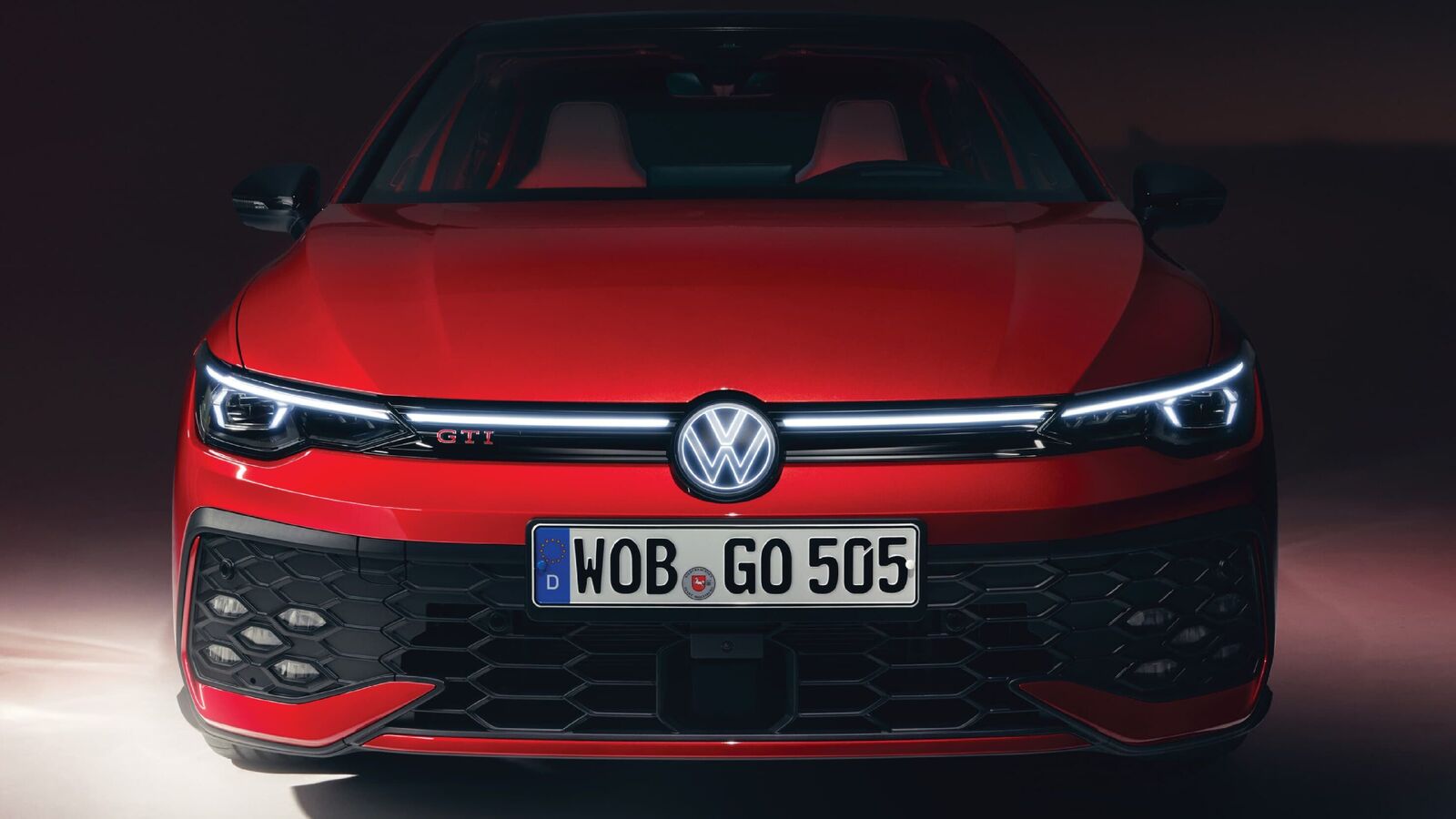- Volkswagen’s new Tiguan R-Line offers significant upgrades over the previous model, including a sportier design, improved engine performance, and advanced safety technology.
The Volkswagen Tiguan had been a well-known offering in India’s premium SUV segment, known for its robust build quality and refined driving dynamics. However, with the introduction of the new Tiguan R-Line, Volkswagen aims to up the game by offering more. The all-new Tiguan R-Line is being offered in India as a CBU unit as opposed to the outgoing standard Tiguan which was sent to India in CKD format and assembled here. The new flagship SUV offers enhancements in design, features and performance. Here is a comprehensive comparison between the outgoing India-spec Tiguan and the newly launched Tiguan R-Line:
Volkswagen Tiguan vs Volkswagen Tiguan R-Line: Exterior and chassis
In terms of design and aesthetics, the outgoing Tiguan carries a conservative, elegant design with understated chrome accents, a traditional grille and clean lines that reflect Volkswagen’s classic styling. It is sophisticated but not particularly sporty. In contrast, the Tiguan R-Line ramps up the aggression with sportier elements.
The R-Line showcases sleeker Matrix LED headlights, a closed glass nose with an LED strip and an ‘R’ badge. The criss-cross pattern grille, glossy black wheel arches, and 19-inch dual-tone alloy wheels (an inch larger than before) enhance its aggressive, aerodynamic look. Dimensionally, the R-Line is longer, wider but slightly shorter giving it a sportier stance. Volkswagen claims an improved drag coefficient of 0.28, down from 0.33.
Also Read : Volkswagen Tiguan R-Line vs BMW X1: How these two premium SUVs stand against each other
At the rear, connected LED tail-lights, TIGUAN badging, and angular chrome-finished bumper accents add to the SUV’s premium appeal. Six new bold colour options, including Persimmon Red and Cipressino Green further differentiate the R-Line from the standard one.
The previous Tiguan was built on the MQB A2 platform while the new Tiguan R-Line is on the upgraded MQB Evo architecture, offering better modular compatibility with international variants including diesel, mild-hybrid and plug-in hybrid options.
Volkswagen Tiguan vs Volkswagen Tiguan R-Line: Interior
Inside, the outgoing Tiguan featured a practical and premium cabin with high-quality materials and a minimalist dashboard. It offered features like a digital instrument cluster, a panoramic sunroof, and an 8-inch infotainment system with Android Auto and Apple CarPlay support.
However, the Tiguan R-Line elevates the in-cabin experience with sportier interiors featuring contrast stitching, R-Line badged sport seats, and a more driver-focused cockpit. The dashboard is now redesigned with a glossy black panel adorned with pixel graphics, and the AC vents sport a fresh layout. The traditional rotary AC knobs have been replaced with modern touch panels.
Watch: Volkswagen Virtus: First Drive Review
Volkswagen Tiguan vs Volkswagen Tiguan R-Line: Features
A significant upgrade on the new version of the SUV is the 15-inch touchscreen that not only handles infotainment but also controls functions like the front massaging seats. The R-Line supports wireless Apple CarPlay and Android Auto, while the absence of ventilated seats is notable. Enhancements include a premium 14-speaker audio setup, wireless charging, and advanced connected car features, amplifying both luxury and convenience.
Volkswagen Tiguan vs Volkswagen Tiguan R-Line: Engine
In terms of performance and dynamics, the outgoing Tiguan was powered by a 2.0-litre TSI petrol engine producing 188 bhp and 320 Nm of torque paired with a 7-speed DSG and 4MOTION all-wheel drive, ensuring smooth, refined performance suited for Indian roads.
The Tiguan R-Line retains the same 1,984cc turbo-petrol engine but is tuned for higher performance, delivering 201 bhp—a 14 bhp increment over the previous version. While the torque remains at 320 Nm, the R-Line boasts an impressive acceleration, reaching 0-100 kmph in just 7.1 seconds compared to the outgoing model’s under 8.5 seconds. The R-Line’s sport-tuned suspension, dynamic chassis control pro for adjustable settings and recalibrated driving modes offer sharper handling and a more engaging driving experience.
Also Read : Skoda Auto Volkswagen sees Trump tariffs as new opportunities in long term for India. Know more
Volkswagen Tiguan vs Volkswagen Tiguan R-Line: Safety
On the safety front, the outgoing Tiguan was equipped with six airbags, ABS with EBD, electronic stability control, and hill descent control. The Tiguan R-Line significantly ups the ante with nine airbags, a Level 2 ADAS suite including features like lane-keeping assist, adaptive cruise control, and emergency braking, alongside a 360-degree camera and park assist plus for autonomous parking. With a 5-star Euro NCAP crash-safety rating, the R-Line emerges as one of the safest SUVs in its class.
Volkswagen Tiguan vs Volkswagen Tiguan R-Line: Pricing and competition
In terms of pricing and value proposition, the outgoing Tiguan was positioned as a premium SUV with a focus on comfort and understated elegance, offering solid value for those appreciating German engineering without the flash. The Tiguan R-Line, priced at ₹49 lakh (ex-showroom), reflects a significant premium over the outgoing model’s ₹38.17 lakh tag.
This price jump is justified by its sporty aesthetics, enhanced features, CBU import status and performance-oriented upgrades. It now competes with luxury SUVs such as the BMW X1, Audi Q3, Mercedes GLA, Jeep Meridian, Citroen C5 Aircross, Nissan X-Trail and the soon-to-be-launched new-gen Skoda Kodiaq.
Check out Upcoming Cars in India 2024, Best SUVs in India.
First Published Date: 17 Apr 2025, 06:42 AM IST




